News
-
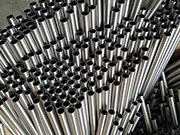
Performance of 316 capillary stainless steel tubes
Capillary stainless steel tubes generally refer to thin tubes with an inner diameter of less than or equal to 1 mm. Because the diameter of such tubes is as thin as hair, they are called capillary tubes. Its use cases include medicine, building materials, automation instrument signal tubes, instr...Read more -
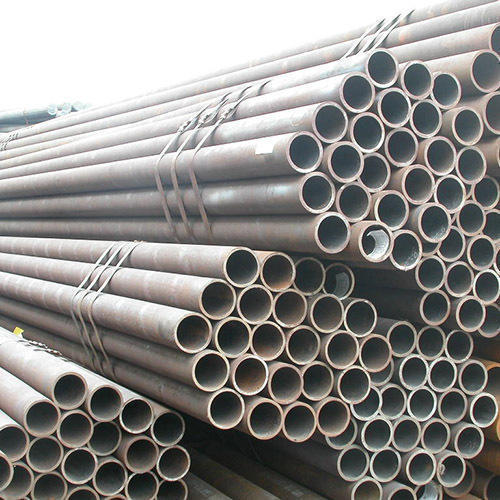
Seamless steel tube production technology and equipment selection
A single piece of metal used to create a tubular structure, seamless steel tube offers the benefits of excellent sealing, high strength, and resistance to corrosion. Hence, seamless steel tubes find extensive application in various domains, including but not limited to petroleum, chemical industr...Read more -
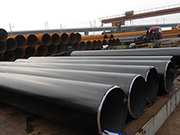
An introduction to the production process and inspection standards of thick-walled straight seam steel pipes
Thick-walled straight-seam steel pipes are made by rolling long strips of steel strips into round tubes through high-frequency welding units and welding straight seams. The shape of the steel pipe can be round, square, or special-shaped, which depends on the sizing and rolling after welding. The ...Read more -
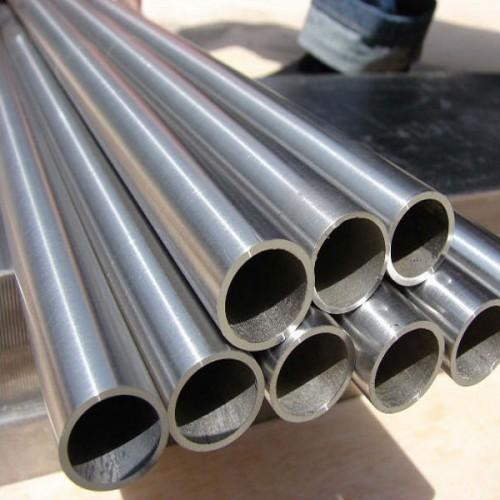
How to choose a high-quality seamless steel pipe supplier?
In the petroleum, chemical, electric power, machinery, and other industries, seamless steel pipe and tube is a vital raw material for industrial production. There are an increasing number of seamless steel pipe suppliers as a result of the high market demand. But for many buyers, figuring out who...Read more -
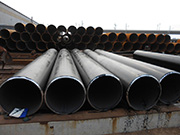
The difference between fixed welding joints, rotating welding joints, and prefabricated welding joints in steel pipe welding
Fixed welding is a welding joint that cannot move after the steel pipe is assembled. During the welding process, the welding position changes (horizontally, vertically, upward, and inward). Rotating the welding port means rotating the welding port during the welding process so that the welder can...Read more -
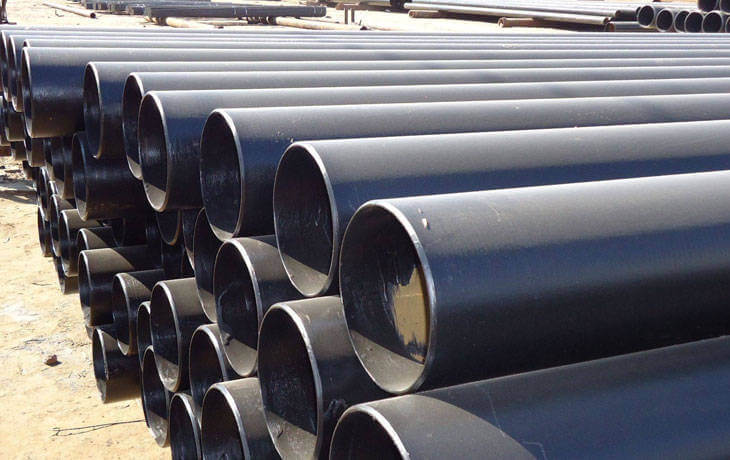
Material characteristics, application fields and manufacturing processes of carbon steel pipes
Introduction to carbon steel pipe material characteristics, application areas and manufacturing processes: 1) Material characteristics of carbon steel pipes 1. Composition: The primary alloy component of carbon steel pipe is carbon. It typically has a carbon content of 0.18% to 0.25%. Additionall...Read more
